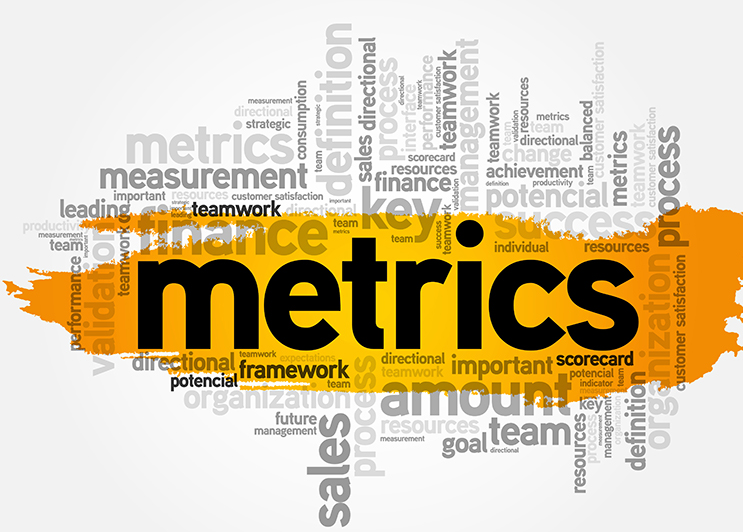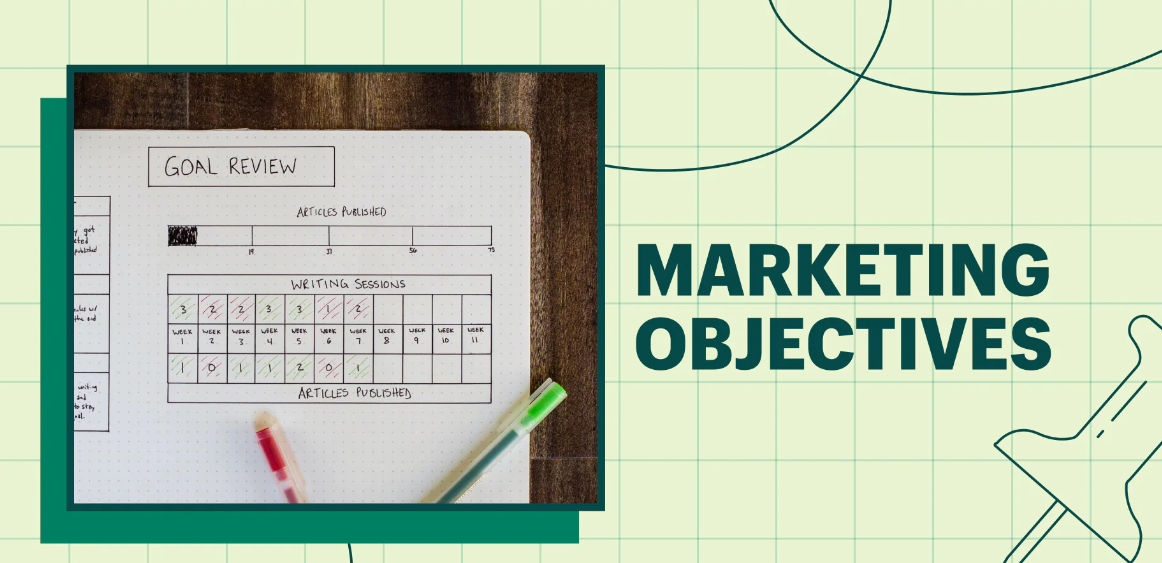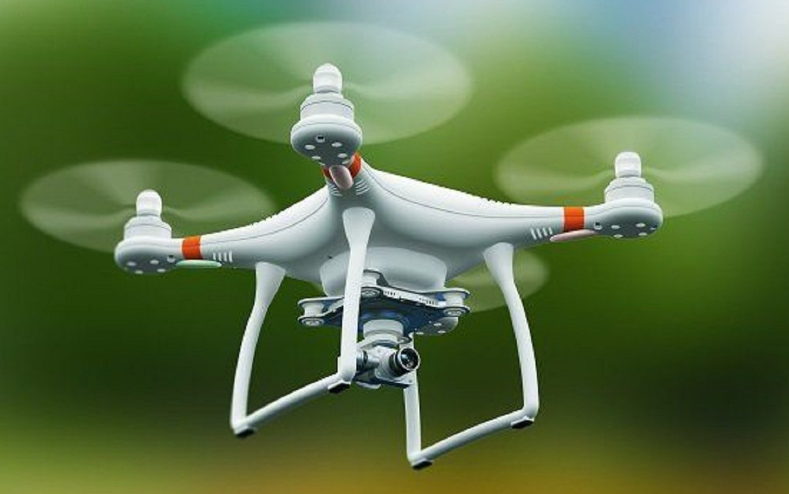There’s no arguing that content marketing and social media campaigns are essential to developing a successful business.
Research from Content Marketing Institute shows that 85% of top performing marketers deliver content consistently over time and AdWeek found that over 88% of American companies use social media marketing.
While those figures are impressive, the effectiveness of those campaigns is questionable at best, since only 46% of marketers have a documented content strategy.
Marketing requires more effort than setting up a blog, and posting information on social media. Without an effective strategy, you won’t know whether you’re focusing on the right tasks.
Table of Contents
ToggleRelated: 7 Easy Steps For A Strong Social Media Marketing Plan
Although planning marketing campaigns can be boring, the tips below will make the process a breeze.
Determine your goals

Early in the campaign development stage, you need to consider what your business will get out of social and content marketing.
Schedule a meeting with your business executives and determine what your company needs the most. Leads, brand awareness, sales? All of the above?
Collect these ideas and identify the areas that will deliver the highest return on investment. Set target numbers around these goals, but avoid unrealistic projections.
Determine your most important metrics

After determining your goals and objectives, it’s time to figure out how you’ll track progress towards those figures.
Common metrics for content marketing campaigns include bounce rate, time on page, conversions, recurring visits and overall traffic.
Bounce rate is the percentage of visitors to a particular website who navigate away from the site after viewing only one page. As a rule of thumb, a bounce rate in the range of 41% to 55% is average.
Related: How to Reduce Bounce Rate and Increase Your Conversions
The time on page metric helps you understand which content is most engaging to your website visitors. There’s no hard and fast rule to say whether this is performing well, or not well.
This metric is subjective, but in general, if you have a long blog post and you’re only seeing people spend 30 seconds on the page, then that indicates a need for improvement.
Conversions occur when a visitor to your website completes a desired goal. For example, completing a newsletter subscription form, making an online purchase, or downloading a gated asset.
As with many marketing metrics, there’s no single figure that determines success. It’s up to you — the marketing professional — to determine an effective performance level for your business.
The final two metrics to discuss are fairly straightforward.
Returning visits are simply when a person visits your website at least twice within a specified timeframe.
General traffic also is a straightforward metric. However taken alone, it doesn’t do much good.
In order to effectively gauge performance, you need to mix and match data to take a holistic approach to analysis.
Social media campaigns are centered around post reach, audience growth rate, social share of voice and average engagement rate.
Understand your audience

After determining your campaign objectives, it’s time to identify who will consume your content and view your social media feeds.
You can’t broadcast information and assume people will come to you. That’s like giving an amazing performance in front of an audience that’s either on their phones or sleeping.
In order to make the most of social and content marketing, you need to identify the best way to address your target audience.
Effective marketing campaigns are designed to resonate with, and add value to the target audience. It’s no longer the case where companies can simply create flashy advertisements and expect orders to come in.
Consider the following general examples to help you get started:
Wistia, a leading video sharing platform uses Instagram extensively to maintain a human element to their audience. They showcase team photos, video production tips, and even photos of their office dog Lenny.
Salesforce, a major CRM provider, takes a dry topic and makes it approachable to all business professionals through a variety of techniques. Their blog is welcoming and inviting, and they also feature insights from numerous industry experts.
In the case of B2C marketing, TOMS is one of the most notable because of their mission driven business model. By using visual storytelling, to create virtual reality videos and more, TOMS is able to capture consumer attention and stand apart from their competitors.
There’s no right or wrong answer to developing a tone that speaks to your audience. It’s on you to understand your target market and use that knowledge to outperform the competition.
Analyze the competition

After covering strategy fundamentals such as defining goals, and developing personas, you then need to conduct a competitive content gap analysis.
Similar to the SWOT analysis commonly used by business executives, competitive content gap analysis reports enable you to get your campaigns off to a great start by learning from others.
Content Gap Analysis is the process of evaluating existing content on a topic and discovering “gaps” in that content to improve upon.
When conducting a content gap analysis, you need to continuously ask, “What is the competition doing well, and where can they improve.”A great tool for identifying which of your competitors content is resonating with customers, is Buzzsumo
Simply enter your competitors name or website URL to find out which of their content has the highest engagement. The example above could be for TOMS if they wanted to know which content had the highest engagement for their competitor Vans Shoes
Building on that, you also need to uncover opportunities that the competition isn’t taking advantage of.
Keep in mind however, that what works for one company isn’t guaranteed to work for another. The purpose of a competitor analysis isn’t to copy existing campaigns.
Rather it’s about learning from others and using those insights to get your campaigns off to a great start.
Run with it

You can only plan so much before it gets out of hand. Be careful not to get analysis paralysis, the state of over-thinking decisions to the point that a choice never gets made.
Related: How to Stop Analysis Paralysis
Marketing campaigns are never perfect. Even the most effective campaigns need to be adjusted over time. You will have more learnings from your marketing mistakes than your successes.
In the marketing world, there’s no right or wrong way to develop a content and social media marketing strategy. The key to success for all companies, regardless of industry, is to continuously monitor campaign data and make adjustments as they are needed. By being flexible, and agile with your content and social campaigns, you can ensure that you develop an unfair advantage against your competitors.
If you want to know more about developing social media content strategies in a context of constant change, we recommend you listen to this podcast episode by the Social Media Examiner.
Metigy can help you set marketing objectives to quickly build a strategy that works

Metigy helps you set (and stick to) your marketing objectives with daily to-do action lists, strategies and insights that are relevant to your goals.
Choose from a range of specific objectives that grow your business in the way you want whilst staying focused and active, without wasting time collecting and understanding data. When you set your marketing objective, Metigy AI will then give you a strategy made up of actions that are tailored to your business.
Find out more about how Metigy can help you get the most from content and social and drive results









